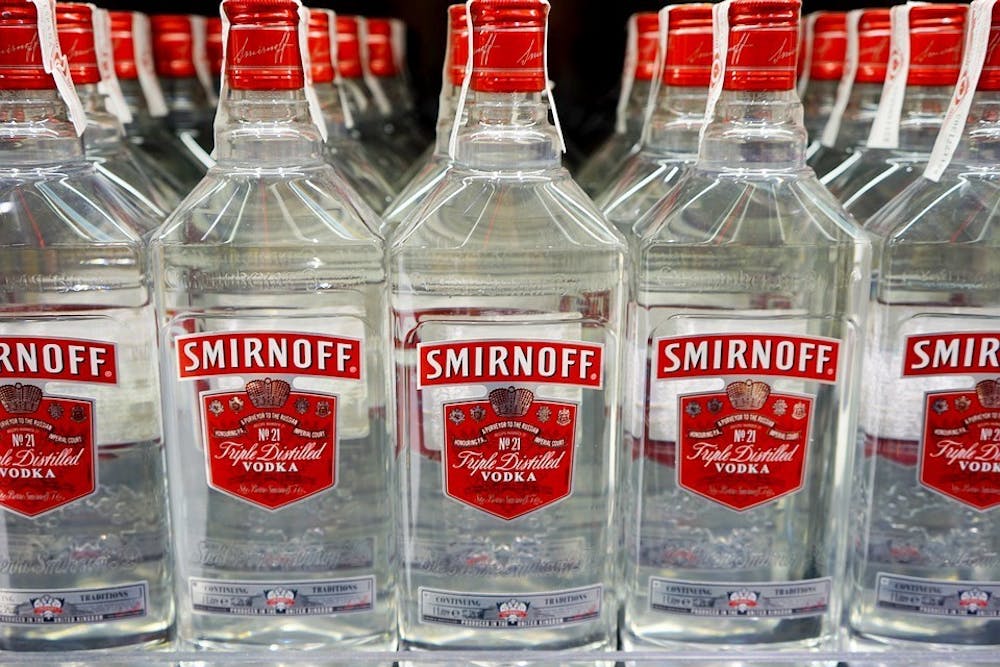The current legal drinking age in the United States is outdated, yet it remains in place. The reason behind our collective failure to properly campaign for a lowered drinking age is clear — individuals with an actual stake in changing the policy quickly lose incentive when they hit the critical age of 21. Groups with an exterior motivation to vie for drinking rights — like liquor and alcohol corporations — lose credibility for disingenuous motivations. In contrast, Mothers Against Drunk Driving generated mass public support in the early 1980s, capitalizing on moralizing and emotional rhetoric to push our representatives to enact a higher legal drinking age. Their campaign worked — in 1984, Congress passed and President Ronald Reagan signed into law the National Minimum Drinking Age Act to effectively blackmail each state into raising their drinking age to 21.
By denying federal funds to the construction and upkeep of highways to states choosing to forgo the change, the federal government successfully fulfilled its obligation to MADD by 1988. The irony of the circa-1980s government’s narrow focus on preventing 18 year-olds from imbibing in a country rampant with crack cocaine is difficult to overlook, but that’s a different story.
However, problems with this new legislation arose immediately. One of them, summarized in one of my father’s more humorous anecdotes about his youth in Georgia, arose with the implementation of the legal age. In his state, the legislature decided to raise the drinking age incrementally — from 19 to 20 in 1985 and from 20 to 21 in 1986. Thus, my dad, who turned 19 the month before the law was enacted, became of legal drinking age for a month each year until he turned 21 because of Georgia’s failure to grandfather in previously-legal drinkers.
More serious issues quickly arose. The new drinking age caused a fundamental change in U.S. drinking culture — distinguishing it from any country in the world. In 2015, the Center for Disease Control and Prevention found that roughly 25 percent of U.S. adults between 18 and 24 engaged in binge drinking, making them the second largest age group of any to partake in destructive drinking behavior. This trend is undeniable on college campuses, where the practice of “pregaming” often promotes students to drink large quantities of alcohol in short periods of time. The prohibition of alcohol for adults between the ages of 18 and 20 has glamorized drinking as a form of rebellion rather than a natural transition into adulthood, increasing its prevalence and encouraging dangerous habits.
In addition, the inconsistent procedures with which law enforcement officials attempt to counter underaged-drinking can create issues. At the University a memorable and heinous crackdown on underaged drinking occured in 2015, when Martese Johnson, a 20-year-old African American student, was brutally slammed to the ground and arrested by ABC officers, resulting in visible head injuries. The enforcement of drinking laws in Charlottesville according to the discretion of particular officers leaves significant room for these types of discriminatory practices.
Going out on the weekend in Charlottesville has become a game of chance. Whether you’re a first-year with a newly-minted fake ID or a third-year just days away from reaching the age of 21, you run the risk of racking up a Class 1 misdemeanor. The injustice in this self-imposed danger lies in the unfair origins of the raised drinking age. MADD’s effective lobbying campaign allowed a small group to strip an entire age range of a fundamental privilege of adulthood. Rather than eliminating dangerous alcohol practices among adults aged 18 through 20, the 1984 act quickly soured as teenage drinkers were driven to deviancy to counter the new restriction.
Fortunately, the destructive shift in America’s drinking culture that occurred in the 1980s may be possible to reverse. With a prolonged lobbying campaign adopted by currently legal and non-legal drinkers alike, Americans can push their congressmen to overturn the National Minimum Drinking Age Act of 1984 to give individual states authority over their own drinking laws. From there, parents will have the legal option to gradually introduce alcohol to their teenagers to promote safe drinking habits, rather than throwing them into the unsafe binge drinking environment created by the minimum drinking age of 21.
Charlotte Lawson is an Opinion Columnist for The Cavalier Daily. She can be reached at opinion@cavalierdaily.com.







